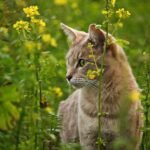That Unmistakable Feathered Crown
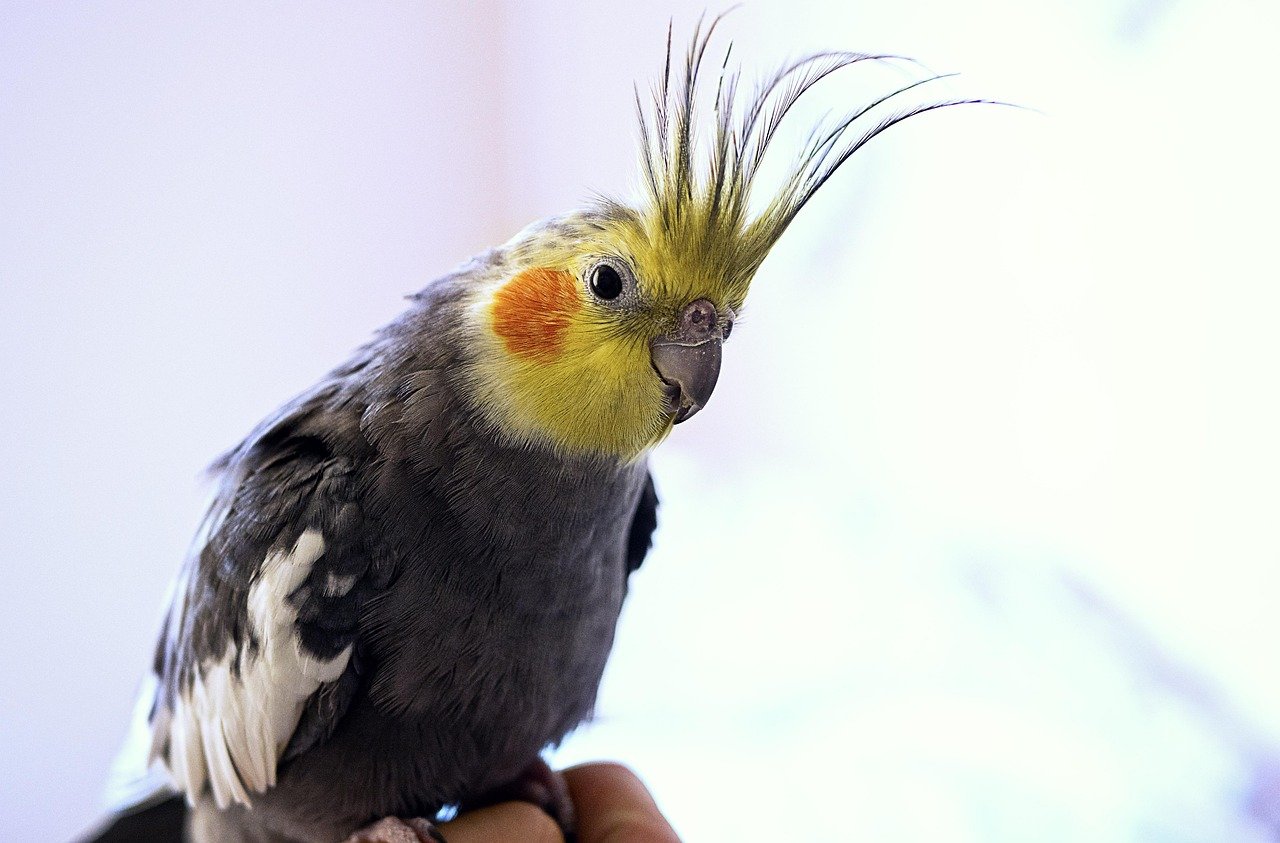
The cockatiel’s signature crest isn’t just for show—it’s their emotional antenna. When relaxed, those feathers lie flat against their head like a sleek hairdo. But excitement, curiosity, or alarm sends that crest shooting straight up like a punk rock mohawk.
This yellow-orange crown frames their face beautifully, especially in males who sport the brightest coloring. The way they manipulate these feathers reveals their mood better than any human facial expression ever could.
Those Bright Orange Cheek Patches
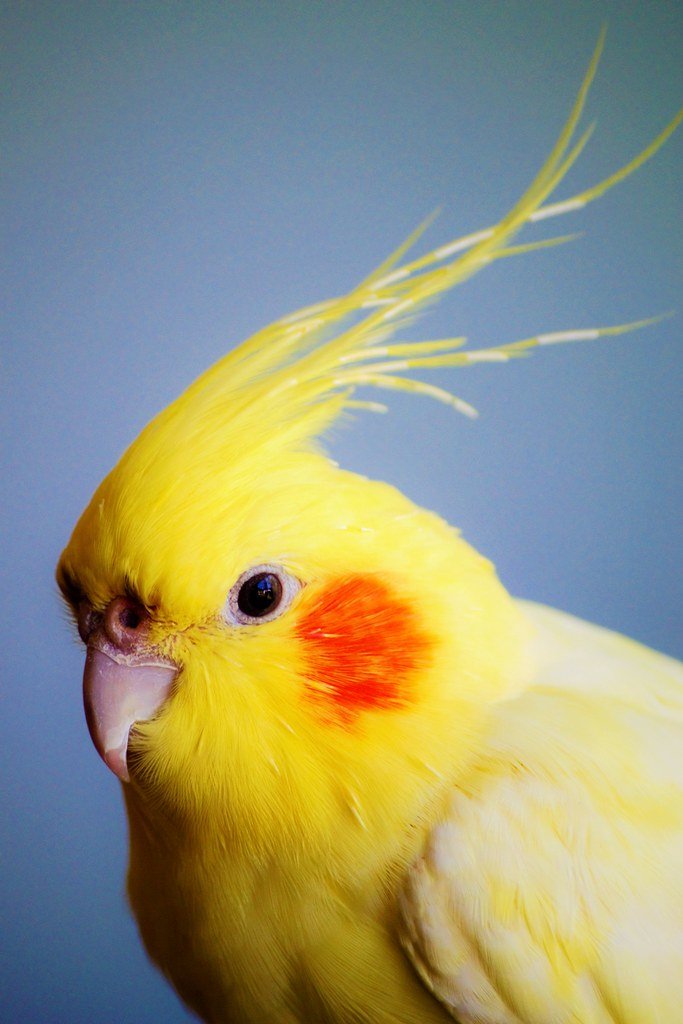
Male cockatiels wear their orange cheek circles like badges of honor. These vibrant patches become more intense during breeding season, signaling their readiness to court. Females display more subtle coloring, but their understated beauty has its own charm.
The contrast between their gray bodies and these fiery cheek spots creates one of nature’s most recognizable patterns. It’s like someone dipped a paintbrush in sunset colors and dabbed it perfectly on their faces.
Musical Maestros of the Bird World
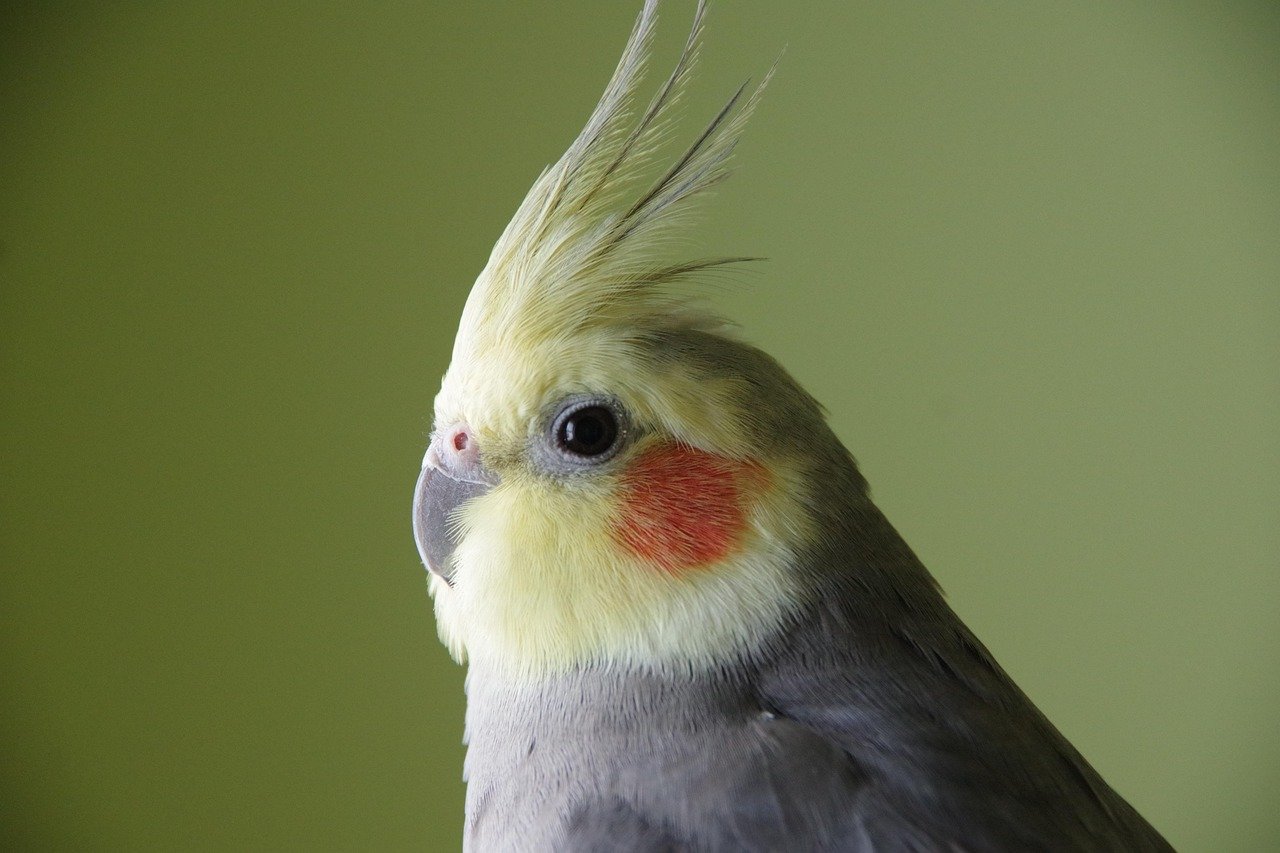
Cockatiels don’t just chirp—they compose entire symphonies. Their repertoire includes whistles, clicks, and surprisingly accurate mimicry of household sounds. Some learn to recreate phone ringtones, microwaves beeping, or even snippets of their favorite songs.
Males typically outperform females in the vocal department, often serenading their owners with elaborate performances. They’ll bob their heads, spread their wings, and pour their hearts into every note like tiny feathered rock stars.
The Head-Bobbing Dance of Joy
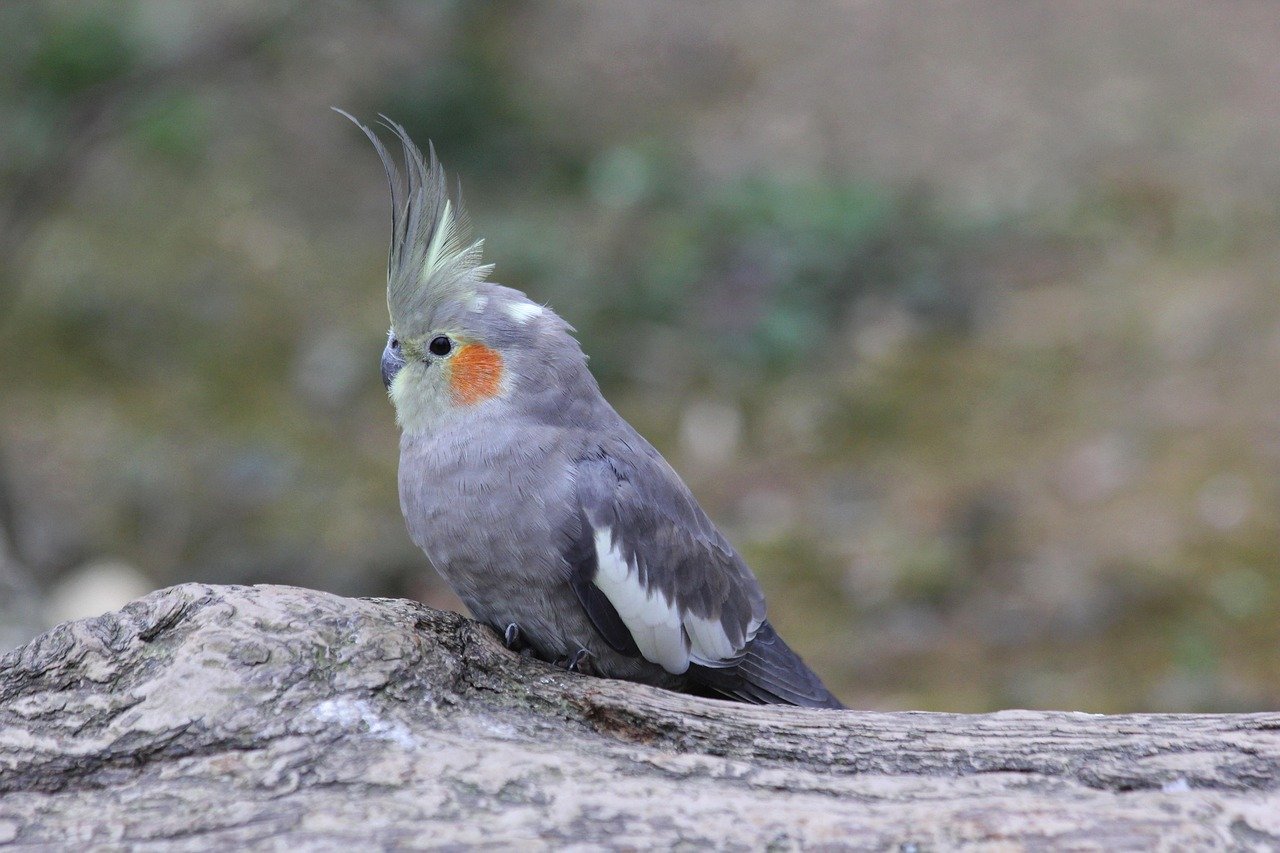
When a cockatiel starts bobbing their head rapidly, they’re not having a seizure—they’re celebrating. This enthusiastic movement signals excitement, happiness, or their desire to interact. It’s their way of saying “Hey, pay attention to me!”
Young cockatiels often bob their heads while begging for food, but adults use this behavior to communicate pleasure or request attention. Watching a cockatiel bob along to music reveals their surprisingly good sense of rhythm.
Wing Stretching Rituals
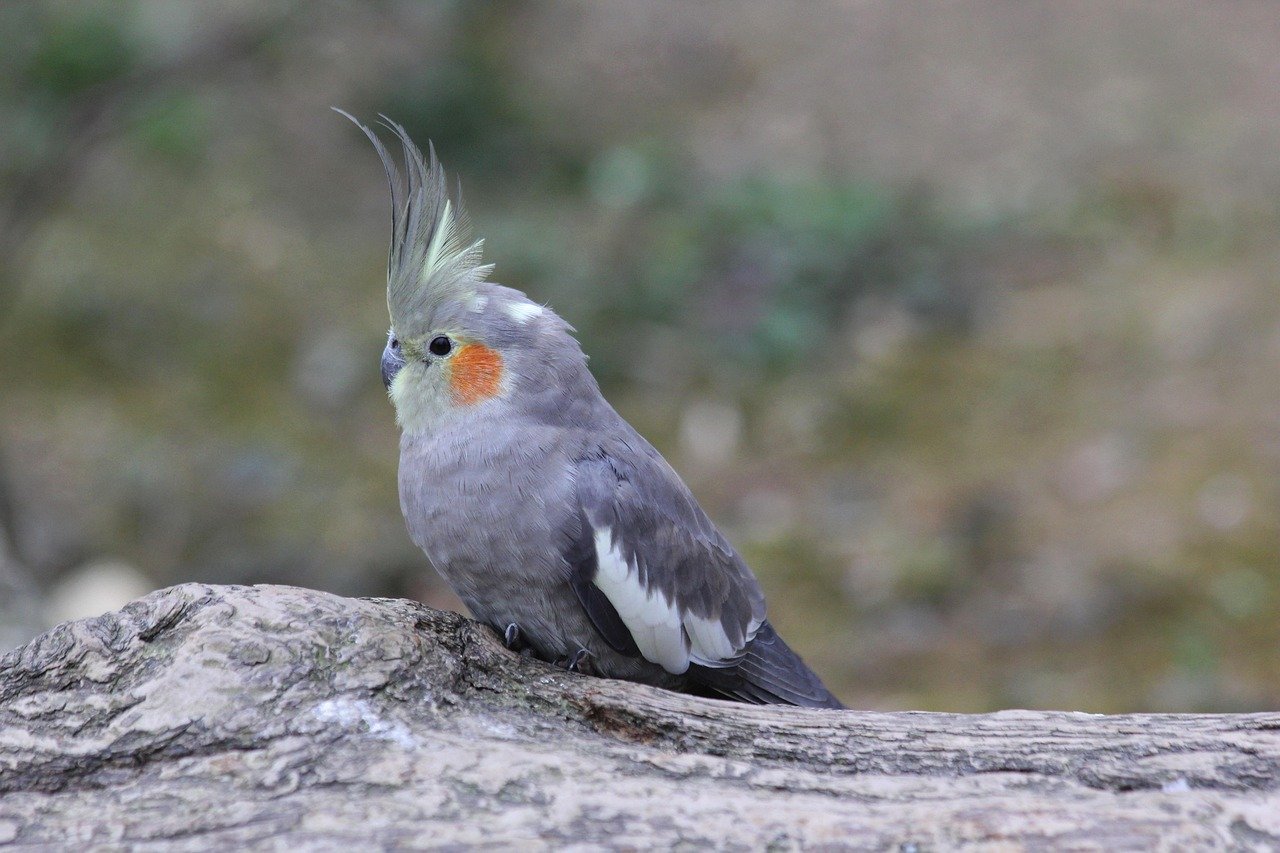
Cockatiels perform elaborate stretching routines that would make yoga instructors proud. They’ll extend one wing and the corresponding leg simultaneously, holding the position for several seconds before switching sides.
This isn’t just exercise—it’s a sign of contentment and good health. A cockatiel that regularly stretches is comfortable in their environment and feels safe enough to engage in these vulnerable positions.
The Art of Cockatiel Preening
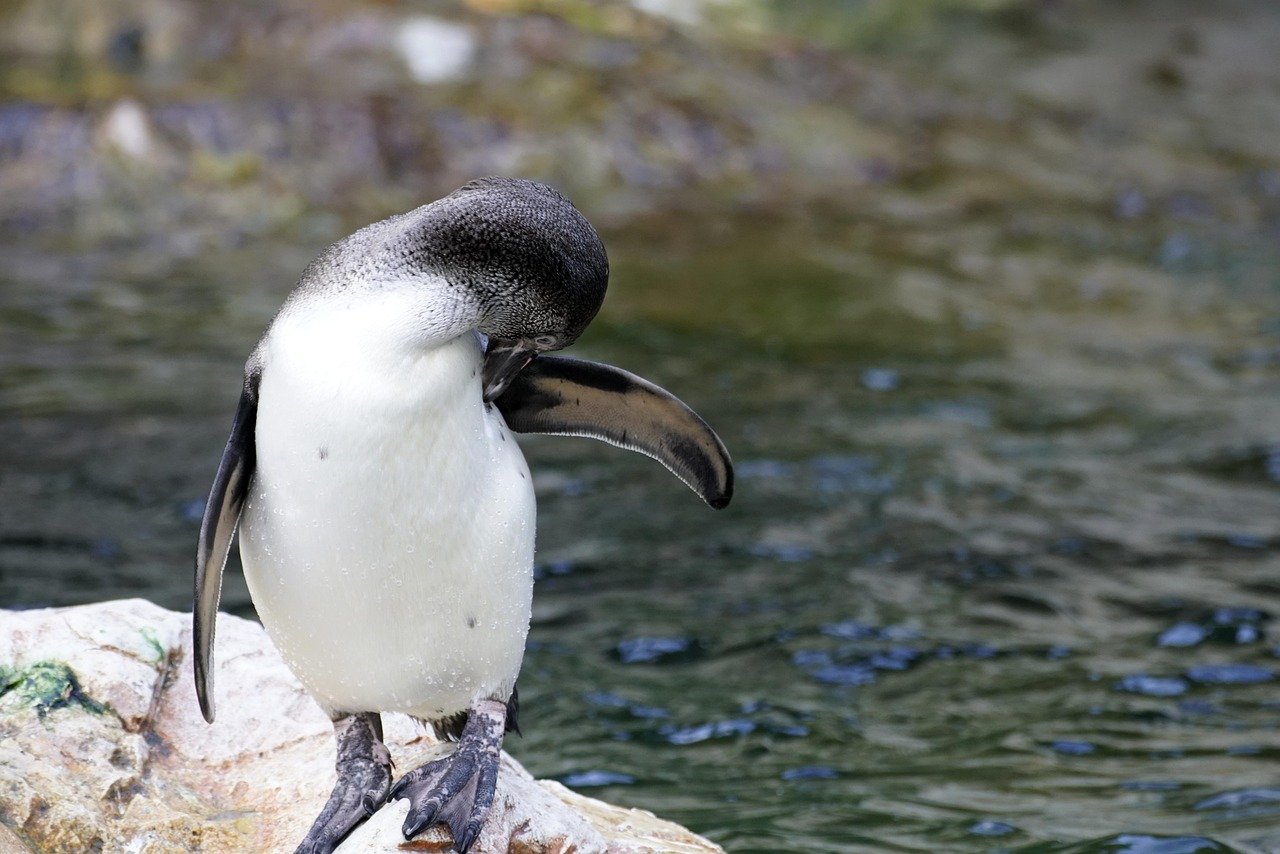
Preening consumes a significant portion of a cockatiel’s day, and watching them is surprisingly therapeutic. They meticulously clean each feather, using their beaks like tiny combs to arrange everything perfectly.
Cockatiels often preen their favorite humans too, gently nibbling on hair or jewelry. This behavior shows incredible trust and affection—they’re treating you like part of their flock.
Dust Bath Specialists

Unlike many birds that prefer water baths, cockatiels are natural dust bathers. They’ll roll around in fine dirt or sand, creating little dust clouds while thoroughly cleaning their feathers.
This behavior stems from their Australian origins, where water was scarce but fine dust was abundant. Watching a cockatiel take a dust bath reveals their wild instincts in action.
The Shoulder Perch Preference

Cockatiels have claimed human shoulders as their favorite real estate. From this elevated position, they can survey their territory while staying close to their beloved human companion.
They’ll often preen their owner’s hair from this vantage point or whistle directly into their ear. It’s their way of including you in their daily routines and showing ultimate trust.
Bedtime Rituals and Sleep Positions
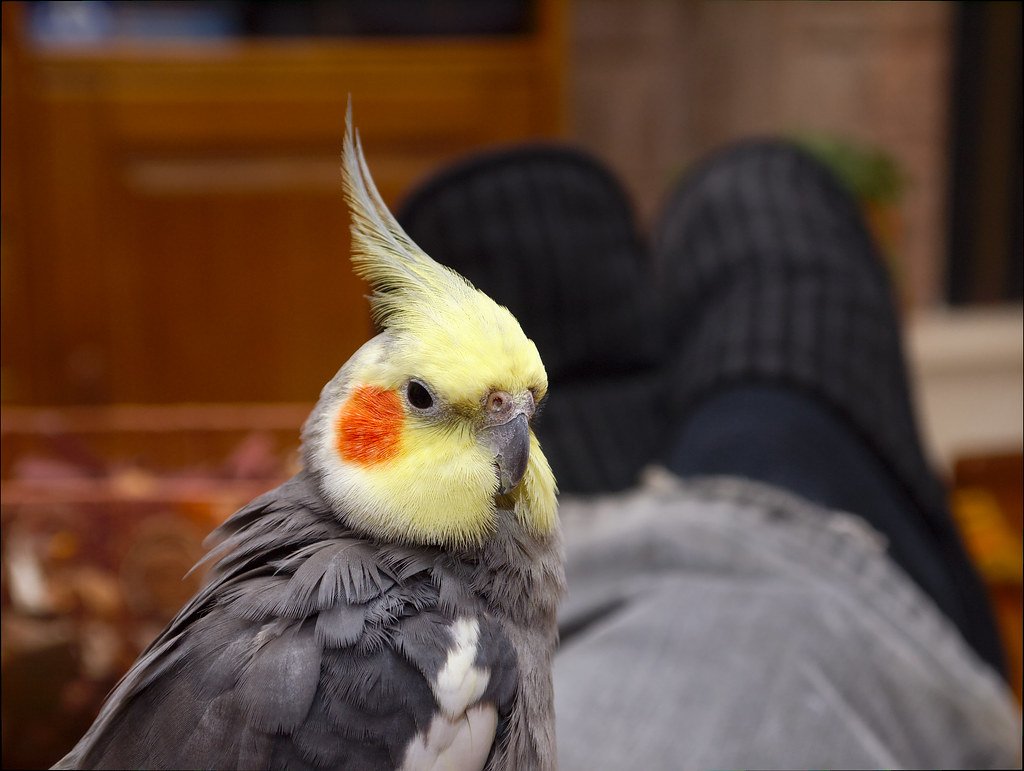
Cockatiels are creatures of habit, especially when it comes to sleep. They’ll find their favorite perch, fluff up their feathers, and often sleep standing on one leg with their head tucked under their wing.
They need about 10-12 hours of sleep per night and can become cranky without proper rest. Many owners cover their cages to create a dark, quiet environment that signals bedtime.
The Foraging Instinct

In the wild, cockatiels spend hours foraging for seeds, berries, and vegetation. Captive birds retain this instinct, often creating elaborate hiding spots for their favorite treats.
They’ll stuff food into cage corners, under paper, or in their water dishes. This behavior isn’t messy—it’s intelligent preparation for lean times that might never come.
Weather Predictors

Cockatiels seem to possess an uncanny ability to sense weather changes. They’ll become more active before storms or display unusual behaviors when barometric pressure drops.
Many owners report their cockatiels becoming extra vocal or clingy before severe weather hits. It’s as if they’re trying to warn their human flock about incoming changes.
The Comfort of Routine

These birds thrive on predictability. They’ll learn their owner’s schedule and become excited when it’s time for their daily interaction or feeding. Disrupting their routine can cause stress and behavioral changes.
A cockatiel will often position themselves near their cage door at the same time each day, anticipating their owner’s return from work. This internal clock rivals any smartphone alarm.
Social Butterflies in Feathers
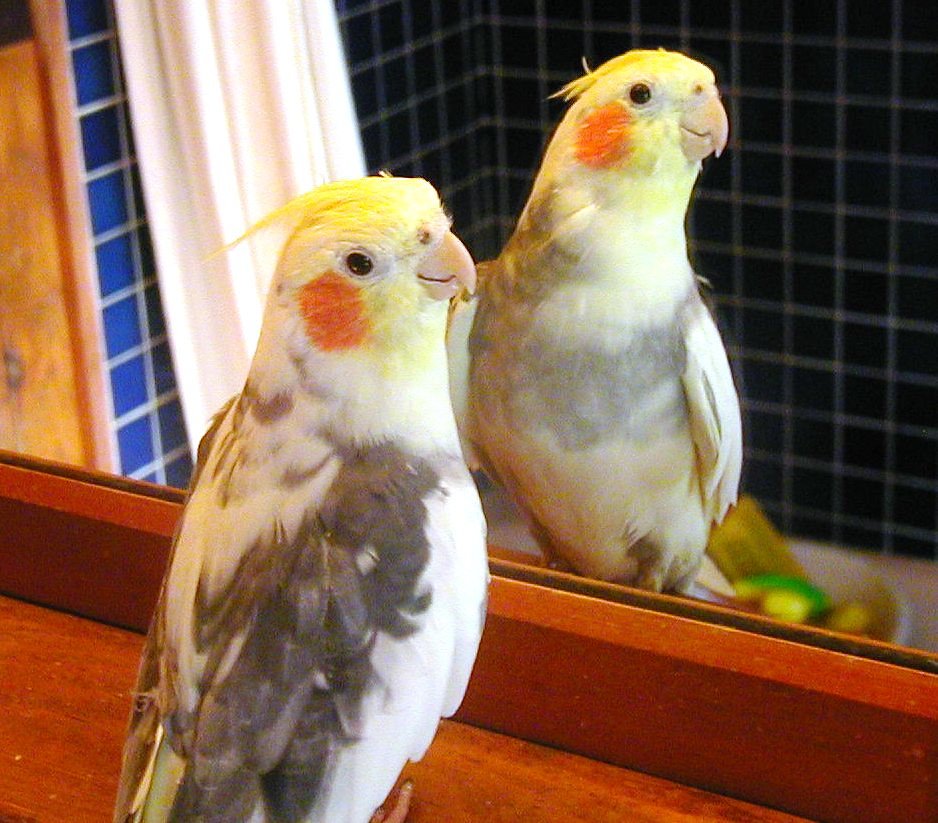
Cockatiels are incredibly social creatures who form deep bonds with their human families. They’ll call out when left alone and celebrate enthusiastically when their people return.
They can recognize individual family members and often have favorites. Some cockatiels will only step up for certain people or become protective of their chosen human.
The Language of Cockatiel Body Talk
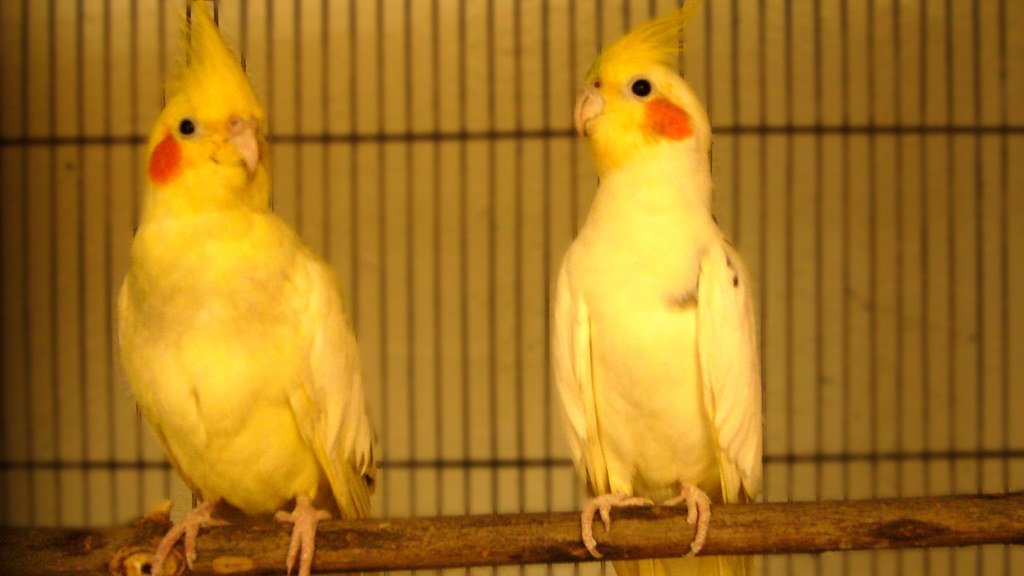
Every cockatiel movement has meaning. Tail fanning shows excitement, while a lowered head indicates submission or a request for scratches. Fluffed feathers might signal illness, contentment, or temperature regulation.
Learning to read these subtle cues creates a deeper connection between bird and owner. It’s like learning a secret language that only the two of you share.
Natural Comedians
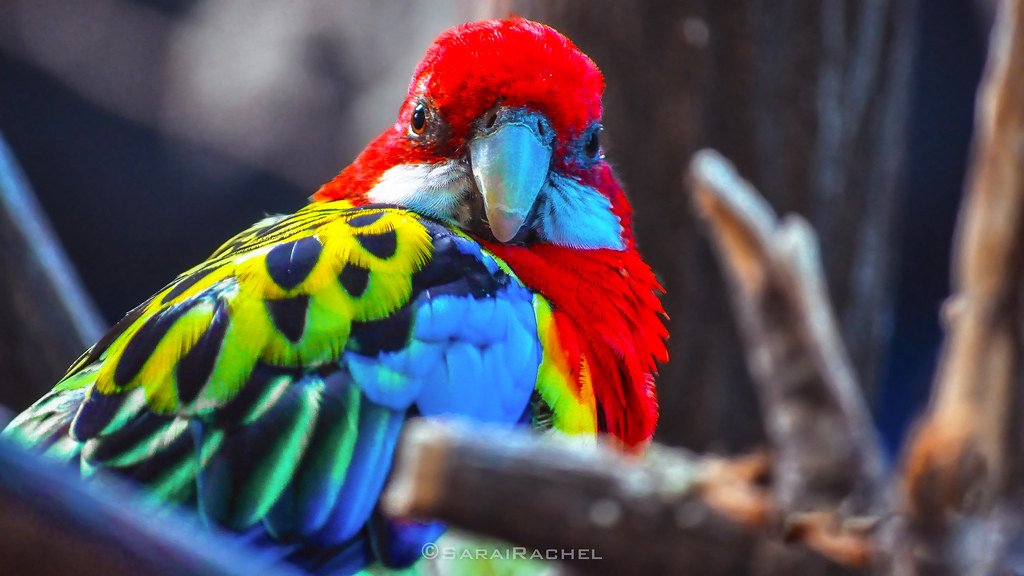
Cockatiels possess an almost supernatural ability to time their antics for maximum comedic effect. They’ll wait until you’re on an important phone call to start their loudest song or choose the quietest moment to drop their food bowl.
Their playful nature and curious personalities make them natural entertainers. They seem to understand when they’re being funny and will repeat behaviors that get positive reactions.
The Bond That Lasts Decades
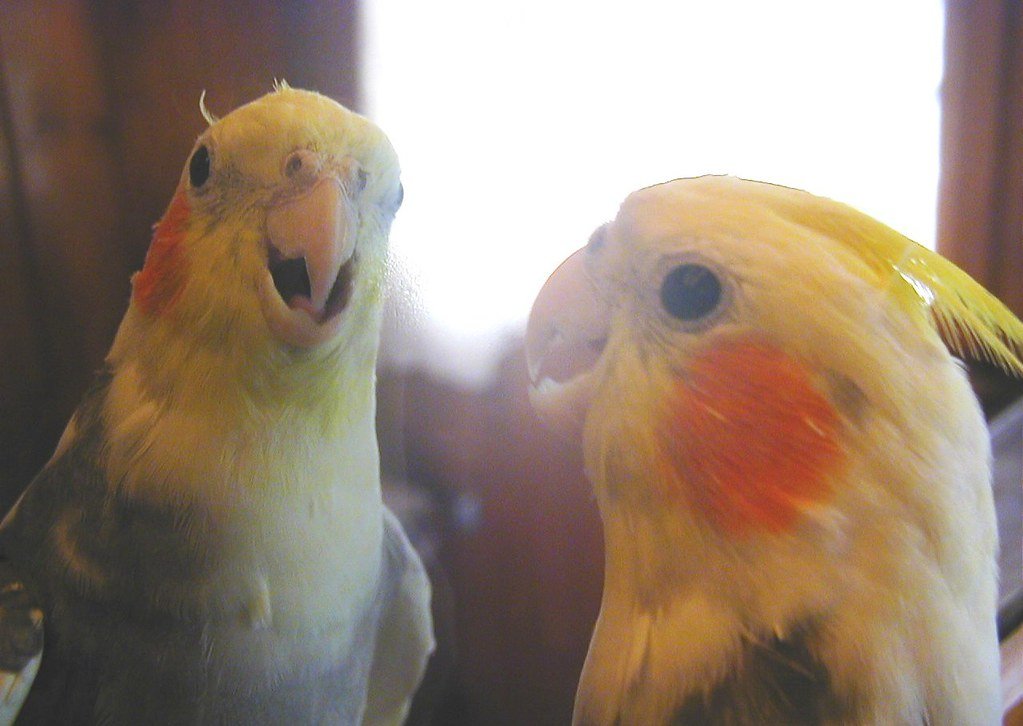
With proper care, cockatiels can live 15-25 years, making them long-term companions. This longevity means watching them grow, change, and develop unique personalities over time.
Many owners describe their relationships with cockatiels as partnerships rather than pet ownership. These birds become integral family members who participate in daily life and create lasting memories.
The cockatiel’s combination of intelligence, affection, and charm explains why they’ve captured hearts worldwide. Their ability to form genuine connections with humans while maintaining their wild spirit makes them truly special companions. Have you ever wondered what your cockatiel is really thinking when they tilt their head and study you with those bright, curious eyes?
Hi, I’m Bola, a passionate writer and creative strategist with a knack for crafting compelling content that educates, inspires, and connects. Over the years, I’ve honed my skills across various writing fields, including content creation, copywriting, online course development, and video scriptwriting.
When I’m not at my desk, you’ll find me exploring new ideas, reading books, or brainstorming creative ways to solve challenges. I believe that words have the power to transform, and I’m here to help you leverage that power for success.
Thanks for stopping by, Keep coming to this website to checkout new articles form me. You’d always love it!




